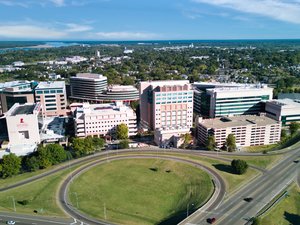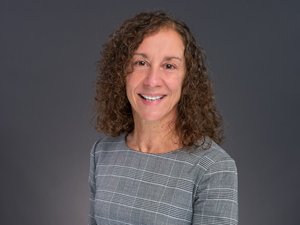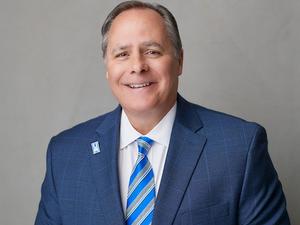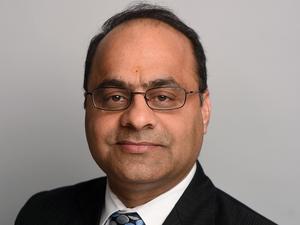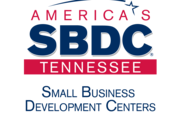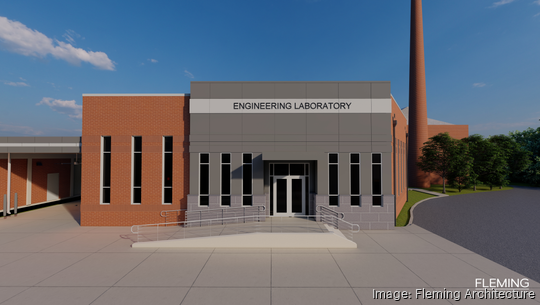
In 2001, Christian Brothers University (CBU) launched its first packaging course, which was taught by a FedEx packaging engineer. At the time, the school didn’t have any packaging equipment, so the instructor had to take students to a FedEx lab for hands-on work.
But over the years, CBU’s emphasis on packaging grew, and what started as one course transformed into a robust, multi-faceted program.
These days, CBU offers a packaging minor; engineering management degrees with packaging concentrations at both the undergraduate and graduate levels; and a graduate certificate in packaging engineering. It has packaging lab space and equipment and runs the Healthcare Packaging Consortium, which touts companies like FedEx, International Paper (IP), Smith & Nephew, Medtronic, and Stryker as members.
Now, more than two decades after its first course, the packaging program at CBU is set to get a major upgrade — and it’s one that could attract new students while also increasing capacity for work with industry partners.
Two new labs
On Tuesday, Feb. 14, CBU broke ground on an expansion project that’s slated to add two new packaging labs to St. Benilde Hall, which is part of its Gadomski School of Engineering. One of these labs, a design and materials lab, is set to be 1,550 square feet, and the other, a thermal and distribution lab, is set to be 1,950 square feet. In total, the project is expected to bring about 4,700 square feet of new space to the building. The project's cost is estimated to be $4.2 million — an amount that’s being covered by the engineering school’s namesake and primary benefactor, Richard Gadomski.
The two labs are set to be filled with not just current but new equipment, and combined, they’ll come close to doubling the amount of space CBU has devoted to packaging right now.
All of this, of course, begs the question — what exactly goes into the design and implementation of boxes?
The life of a box
“Actually, that question has been asked a lot,” said Siripong Malasri, Ph.D., CBU’s packaging initiatives coordinator. “I'm trying to recruit students from high school, and most of them aren’t aware of what [goes into] packaging. They have no idea.”
It is, however, an intricate process.
There’s the construction of the package itself, and the effort to design something that’s both protective of the product it will contain and aesthetically appealing enough to sell. Then there’s the thought of the journey the package takes — or, as CBU operations director Alex Smythe said, “Everything that might happen to a box in the shipping process.”
Can it withstand heat? Can it withstand the cold? Will it be damaged if battered or shaken?
“It's not just the structure of the box itself,” Smythe explained. “There's a lot of different elements that you think about in regard to shipping these packages all over.”
'Shaken a million times'
These are elements CBU works with in its packaging program, and with the new labs, it will be able to work with them on a larger scale.
Take, for instance, the distribution side of the thermal and distribution lab. One of the new pieces of equipment will be a large vibration table, which will test a package’s durability.
“If I've got my item, and it's just being shaken a million times, will it survive that?” Smythe said.
And that’s just one example. CBU is also planning to get a drop tester, an incline impact tester, compression tables, and three new environmental chambers, tools that will provide both new opportunities for students and allow the school to expand and enhance its work with businesses.
Already, the packaging program has done tests for a variety of companies; the International Safe Transit Association (ISTA) certified it as a commercial tester back in 2009. Companies will send boxes that contain a variety of products, and ask, “Would our products survive this trip?"
But due to the constraints of its space and equipment, CBU has been limited in how many organizations it could work with and how extensive its testing could be. Previously, it would often only be able to test one box at a time.
That won’t be the case anymore.
“We are now getting pieces of equipment that would allow us to move a little forklift into a whole chamber and drop off a pallet of goods, rather than just one individual box at a time,” Smythe said. “So, we could fully test a large quantity of something. That is what you want to be able to tell your customer: We tested your whole pallet, not just one box, because it emulates the actual shipping scenario from the larger company.”
And this moves the packaging program closer to one of its goals: to bring the tests as close to reality as possible.
At the forefront of the mind
Also bringing it closer to this goal could be the thermal side of the lab, which is expected to incorporate temperatures into tests.
“Can this product be sent from point A to point B in summertime, with a temperature of 90 degrees, if you're going to take 20 hours to reach the destination?” Malasri said.
The thermal component could bring a new distinction to CBU, too, as according to the school, there are only 11 ISTA-certified thermal labs in the world — and none of them are at a university. CBU could gain this certification in the next few years and become the first university to have such a thermal lab.
As products are tested in the thermal and distribution lab, the school's current research is set to continue and expand in the design and materials lab. The program has placed an emphasis on sustainability, as well.
And all of this could draw in more students — who have grown up in a world surrounded by packaging.
“We're starting to get the students who only know what Amazon is and have been around these packages that are delivered constantly,” Smythe said. “So, it's much more in the forefront of a lot of these students' minds who we're getting now. … Packaging is a huge part of the economy. It's interesting to see the shift. And we're definitely educating the students who know about that and want to be a part of that."
